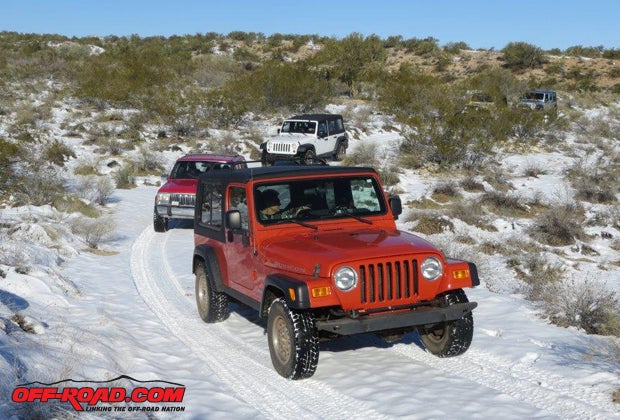
Over the decades I’ve been four-wheeling, I’ve purchased several new Jeeps but I’ve bought many more used Jeeps than new during the same timeframe. When you buy a new rig all you have to do for the first several thousand miles is fill the fuel tank. Not so with a used rig.
Since I’ve never seen a Jeep break down in the driveway, I always go through the Jeep and change out anything I can. That way, when I hit the trails, I’m starting at near to zero as possible with a used Jeep. That means changing out all the fluids: engine oil, coolant, differential (gear) oil, and transmission and transfer case fluids. I check the brake fluid but if it looks clear, clean, and moisture free, I leave it alone. I do check the brakes for wear, if the pads need changing and/or discs need resurfacing, I’ll do that plus change out the fluid.
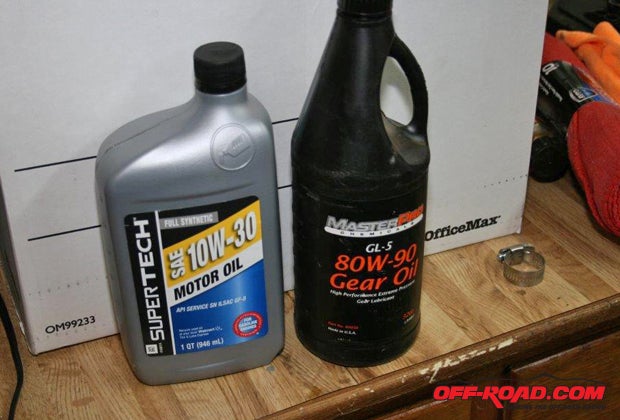
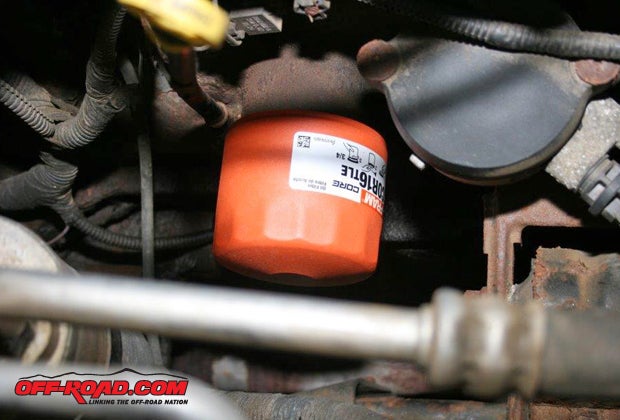
Next are the windshield wipers. When you buy a used car you have no idea how long its windshield wipers have been riding out there in the sun and weather, so you might get a nasty surprise in the next rainstorm. Replace them and don’t stint on the price here: as a rule of thumb; the better the wiper, the better it’ll wipe.
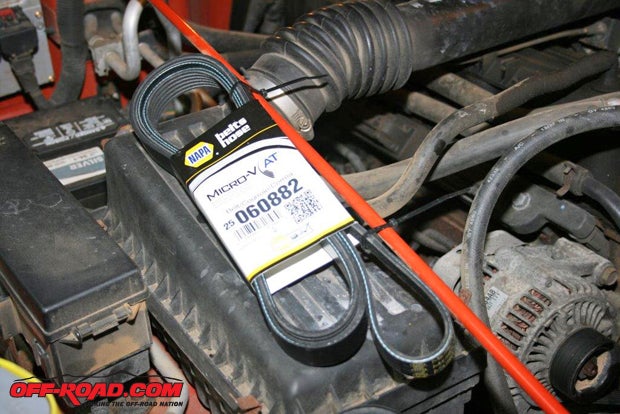
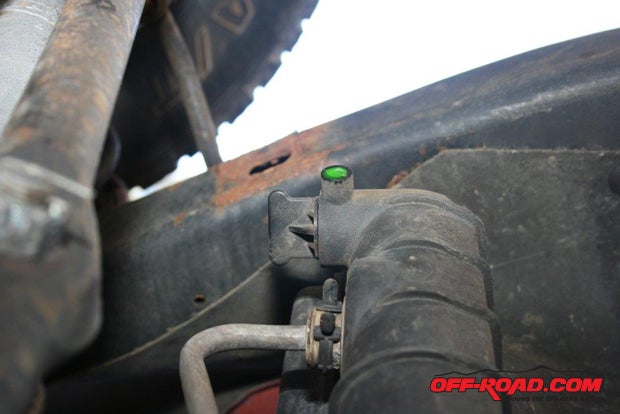

And, finally, the fan belt; replace it and save the old one. Inspect it very carefully before saving it; however, to make sure it’s worth saving. If it’s glazed, cracked or fraying, throw it away and buy another fan belt and store it in the Jeep. A broken or slipping fan belt can sideline your Jeep very quickly. I’ve been saving fan belts for decades and have had to use one once… on a friend’s Jeep. But it still beats sending a friend for one or trying to use panty hose.
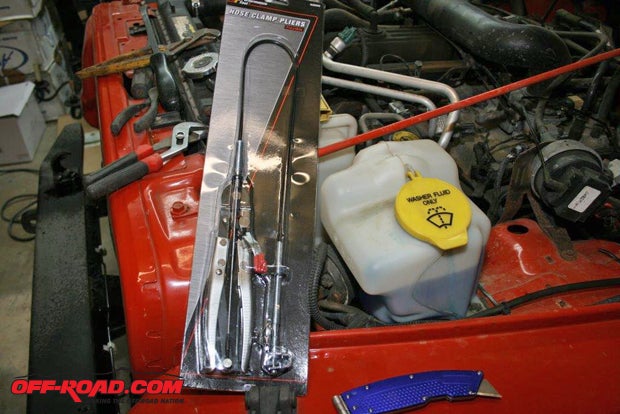
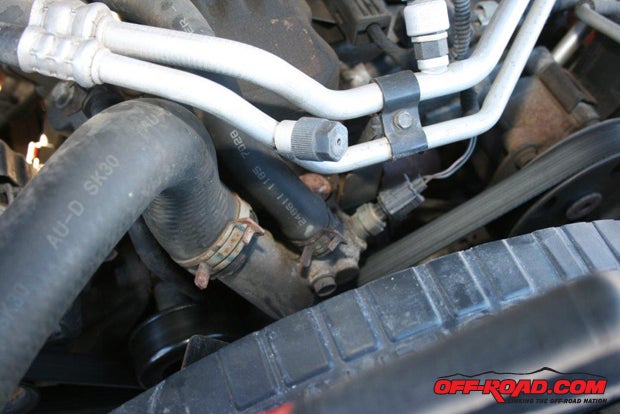
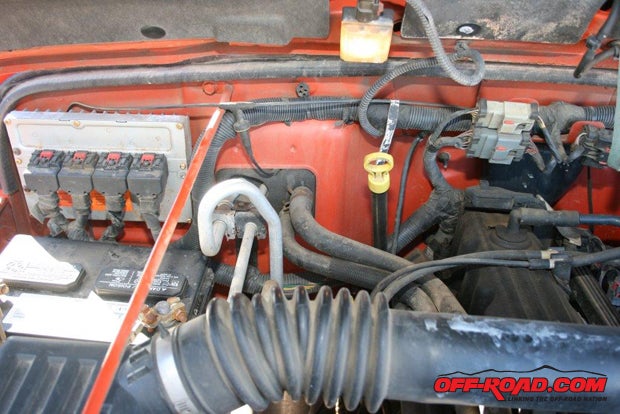

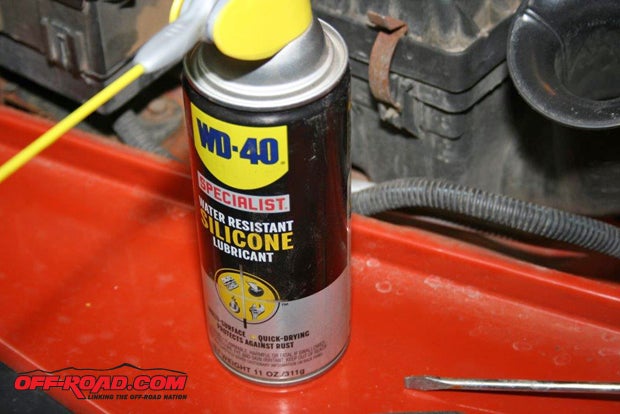
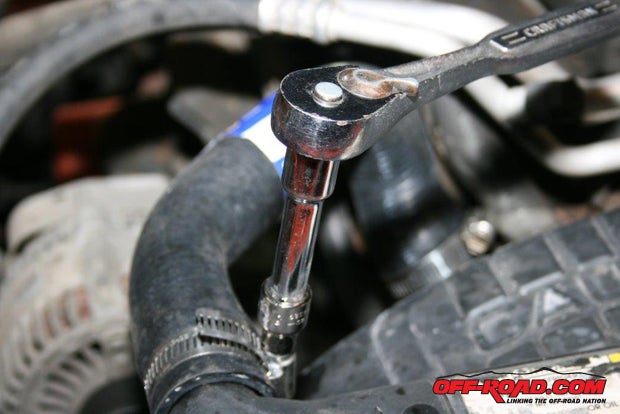
Lastly, inspect the entire Jeep for weak spots, such as a rusted out bumper, damaged or weak control arms, dented driveshafts, etc. On the Rubicon Unlimited in the photos, I found that the rear bumper had too much rust for me to feel comfortable towing a trailer with it, or even trusting it to hold while snatching another Jeep off a rock or out of a mud bog. I replaced it as soon as I could.



 Your Privacy Choices
Your Privacy Choices